To describe photography as visual poetry might be something of a cliché, but in the case of Canadian artist Michael Flomen’s work it is entirely apt. The Montreal-born artist makes meditative pictures that are the results of “meeting with the landscape.” Put simply, Flomen makes camera-less photographs in nature at night.
“I work with natural elements and phenomena in-situ,” says Flomen, whose work is on show at Photo London 2018. “The different seasons and locations dictate what I am able to work with. Winter brings snow, spring offers the bioluminescence of the firefly, summer opens the waters, and autumn offers all the fruits of summer’s growth. Water is always present in one form or another in my pictures.”
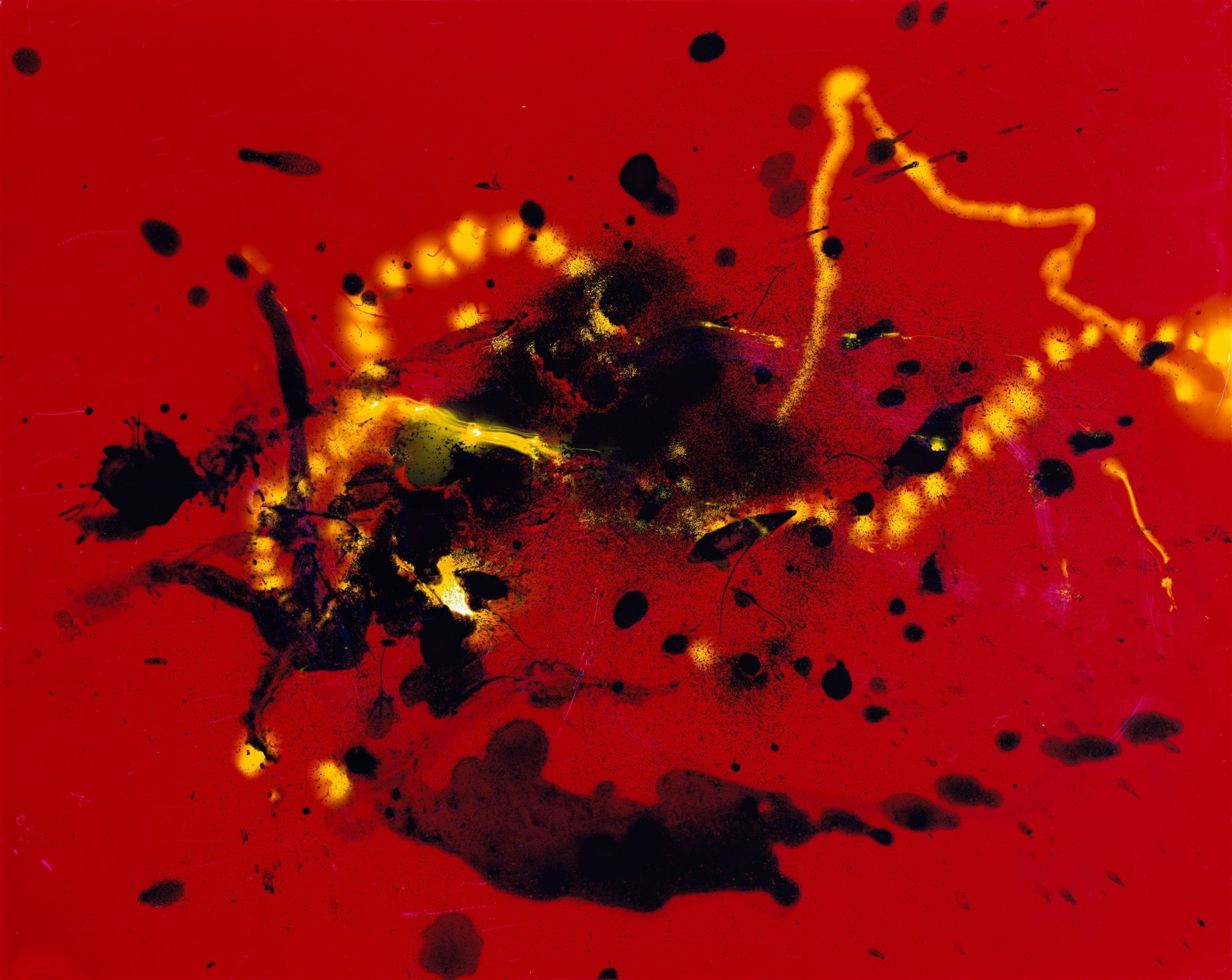
Flomen, a self-taught artist, began taking photographs in the late 1960s. In the early 1990s he started making large format images of landscapes, and in 1999 began using camera-less techniques that enabled him to create photographs in the wild. For Flomen, nature provides both the inspiration for and means of making his work.
“I try to create, with my energy and presence, a space in nature for a dialogue that summons spirits to help create pictures of things we cannot see,” he says. “I make pictures with white snowflakes in the dark and photograms on [shorelines]. I work with silt, and wind and gravity also influence the process. […] I hope that by looking at my work, viewers will remember their connection to nature.”
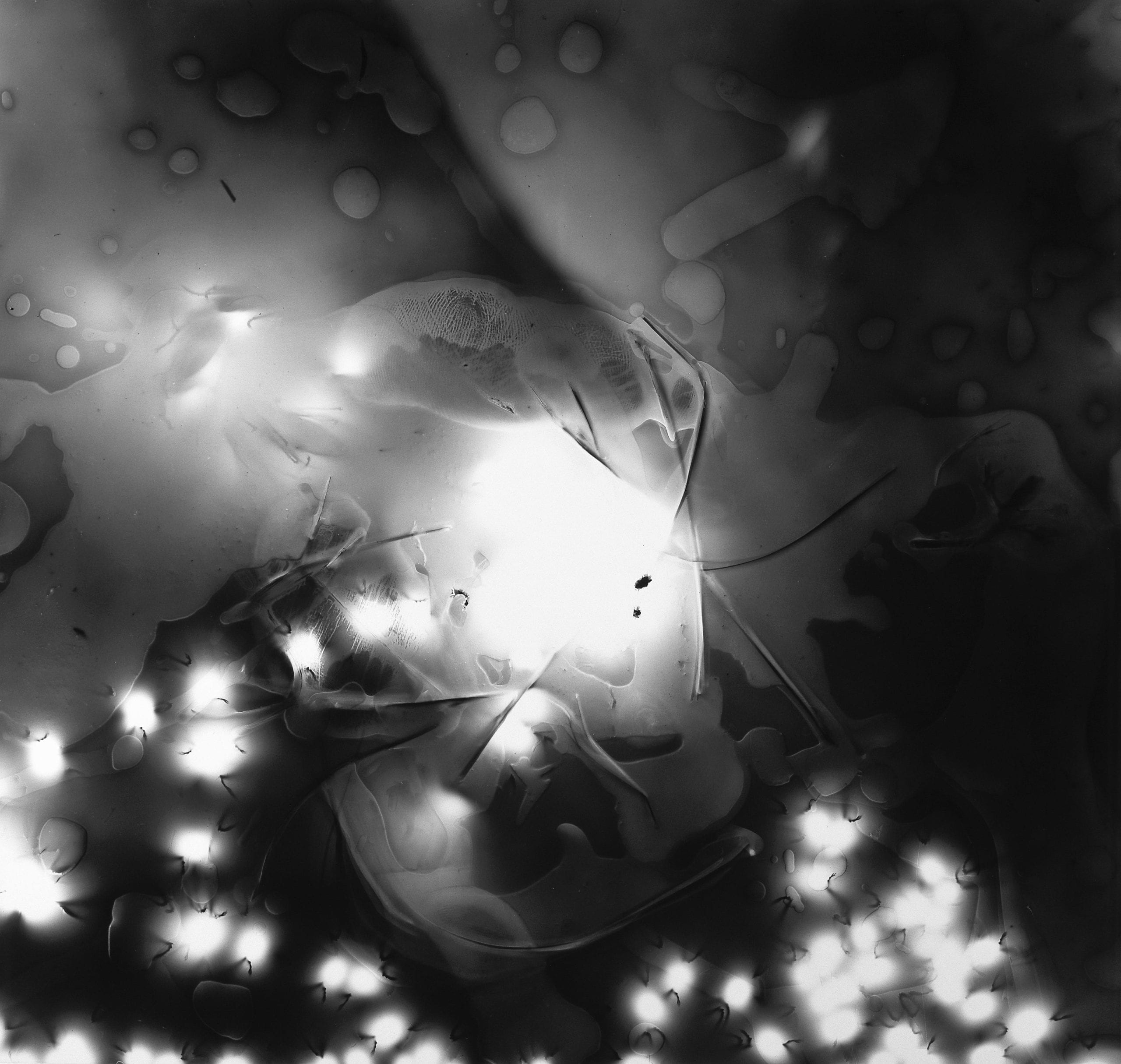
Duran Mashaal Gallery, based in Montreal, will be presenting Flomen’s work at Photo London. The solo exhibition at the gallery’s booth will be a UK debut for the artist. Among the work on display are photograms made in a Canadian lake and New York’s Central Park – a mixture of unique black and white photograms and new chromogenic prints.
Duran Mashaal Gallery was founded after directors Sarah Mashaal and Andres Duran noticed there was space for a contemporary art gallery in Canada that focused on both emerging Canadian artists, and international emerging and mid-career artists.
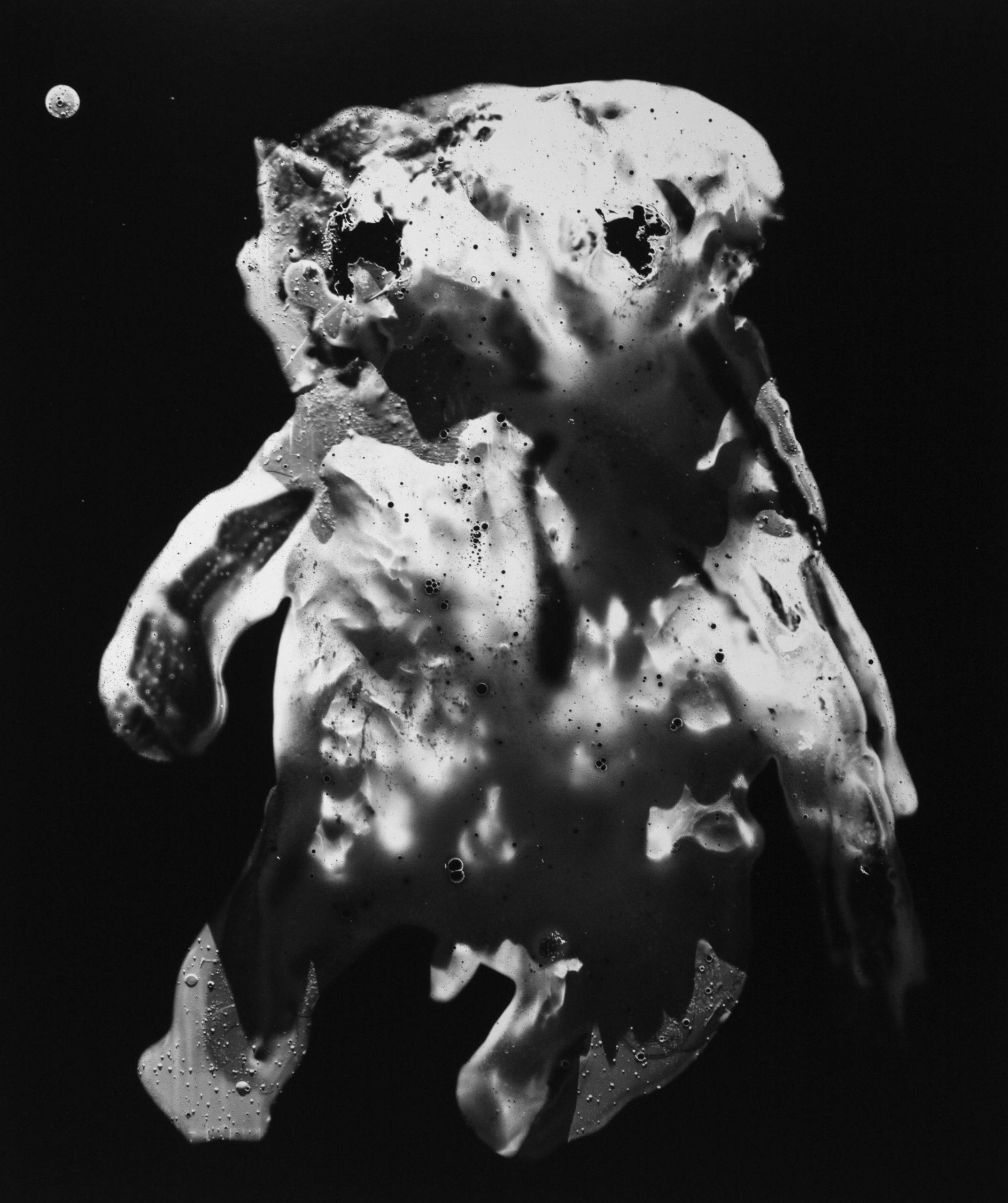
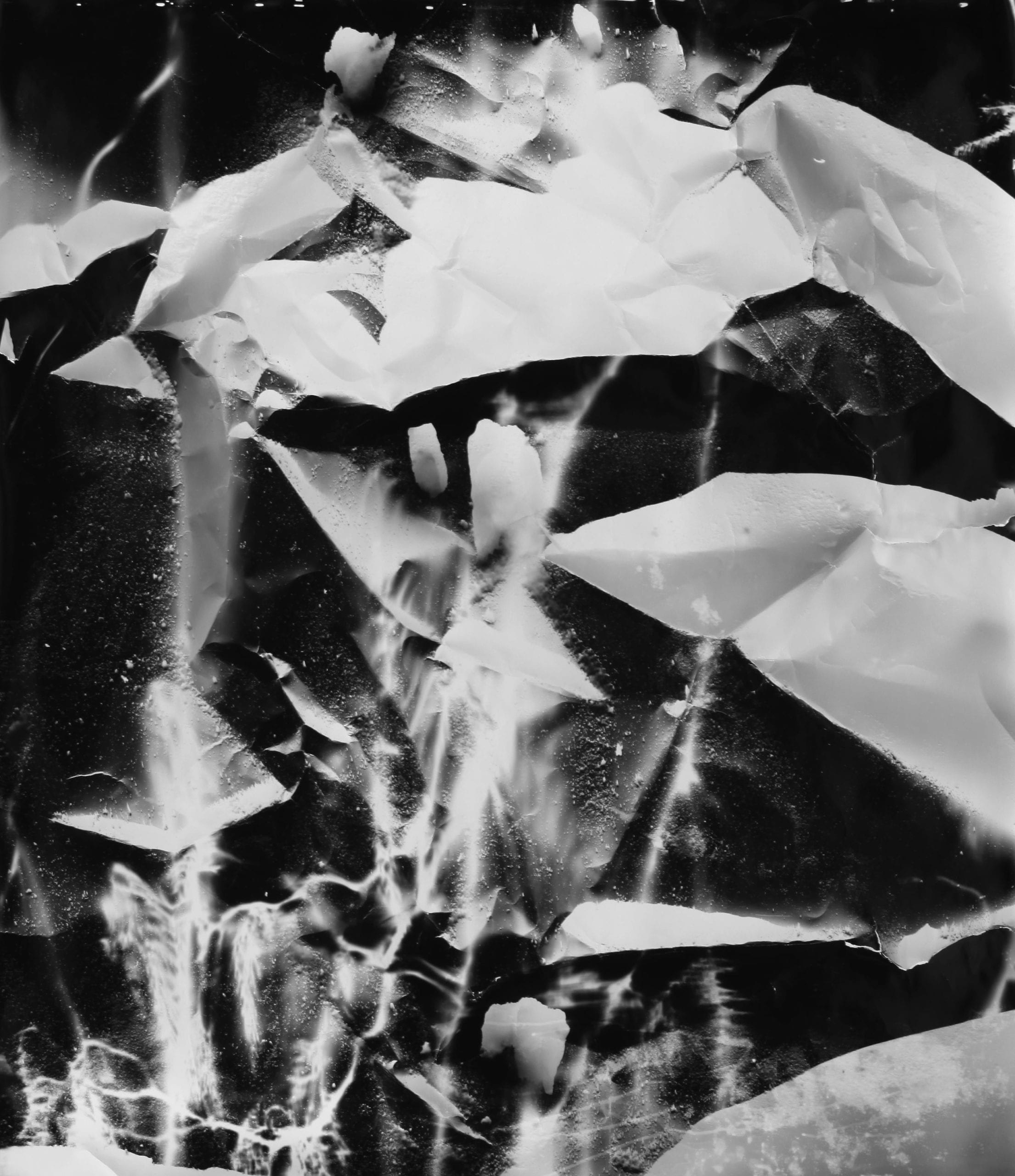
“The process of representing [an artist] is much like a courtship,” says Sarah Mashaal. “Sometimes we go back and forth for months before we even meet. We reach out to artists because we admire their work and feel it would be a good fit for our gallery, although sometimes it happens the other way around.”
Flomen had been looking for new representation in his hometown when a collector mentioned that Mashaal and Duran were opening a gallery there. “We set up a studio visit, looked at my work, and spent time getting to know each other. From there, we agreed to start a working relationship.”
Having a gallery to represent him “sustains my practice”, says Flomen. When the business side of an artist’s career is taken care of the practitioner is free to concentrate on making great work. “Galleries are the promoters and sellers of art,” he says. “They are in direct contact with collectors, critics, and curators. As an artist who makes pictures that need to be seen in person, this relationship is key.”
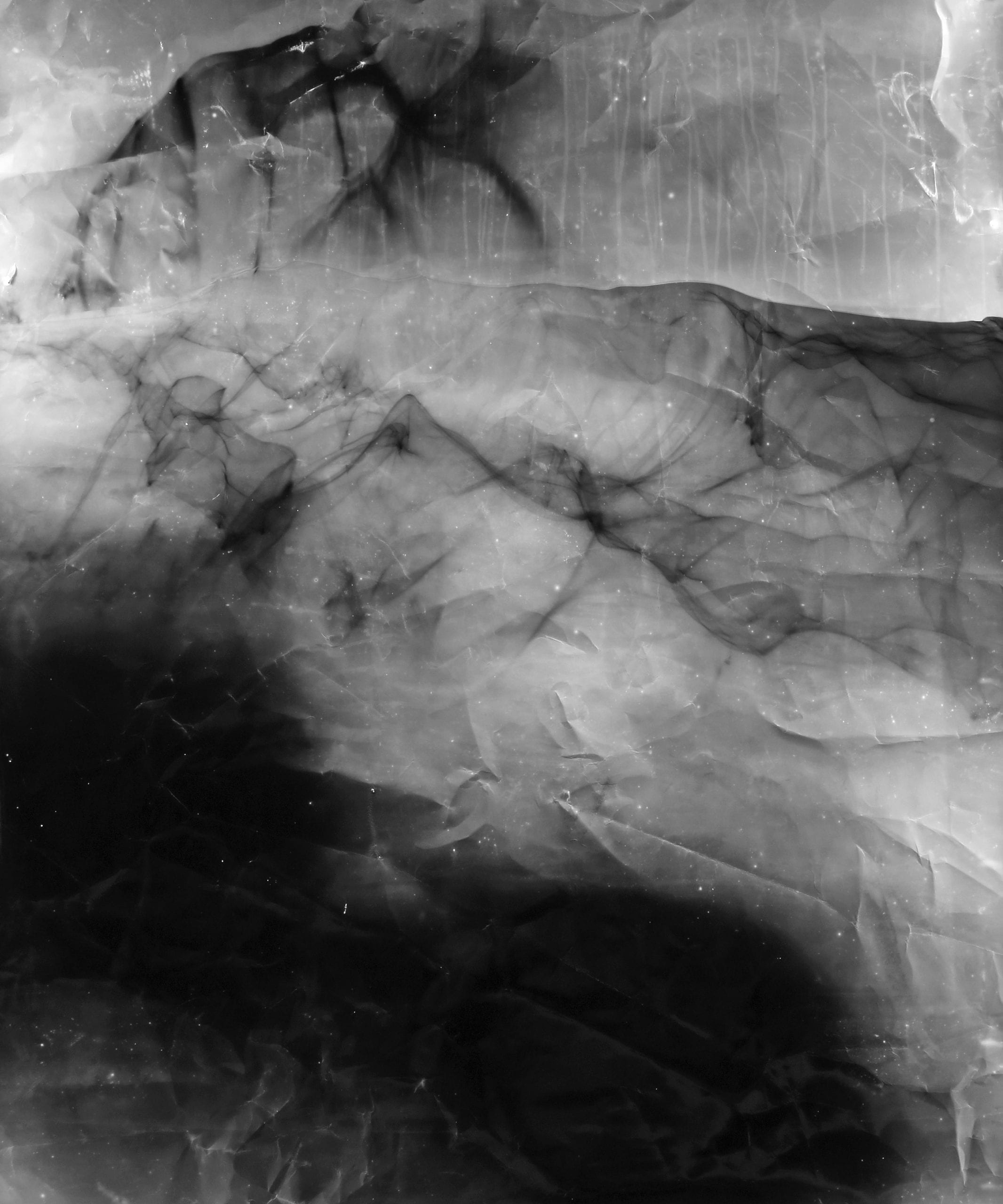
“There are new ways of reaching the public at large through the internet and especially social media, but promotion can be a full-time job,” he adds. “In addition to providing a physical exhibition space, the gallery takes up the marketing role, allowing me to focus on what is happening in the studio and how I want it to develop.”
For Mashaal, the relationship between a gallery and artist should be carefully cultivated to ensure it benefits both parties. But even before that, she advises artists who are seeking representation thoroughly research prospective galleries.
“Just as we do our due diligence when researching an artist, we suggest the artist researches the gallery they want to represent them,” says Mashaal. “When starting a business relationship you are essentially joining a family. You want to make sure you are comfortable with and trust the gallery representing you. A mutually respectful relationship where the goals and ideals of both [parties] are carefully considered is of the utmost importance.”
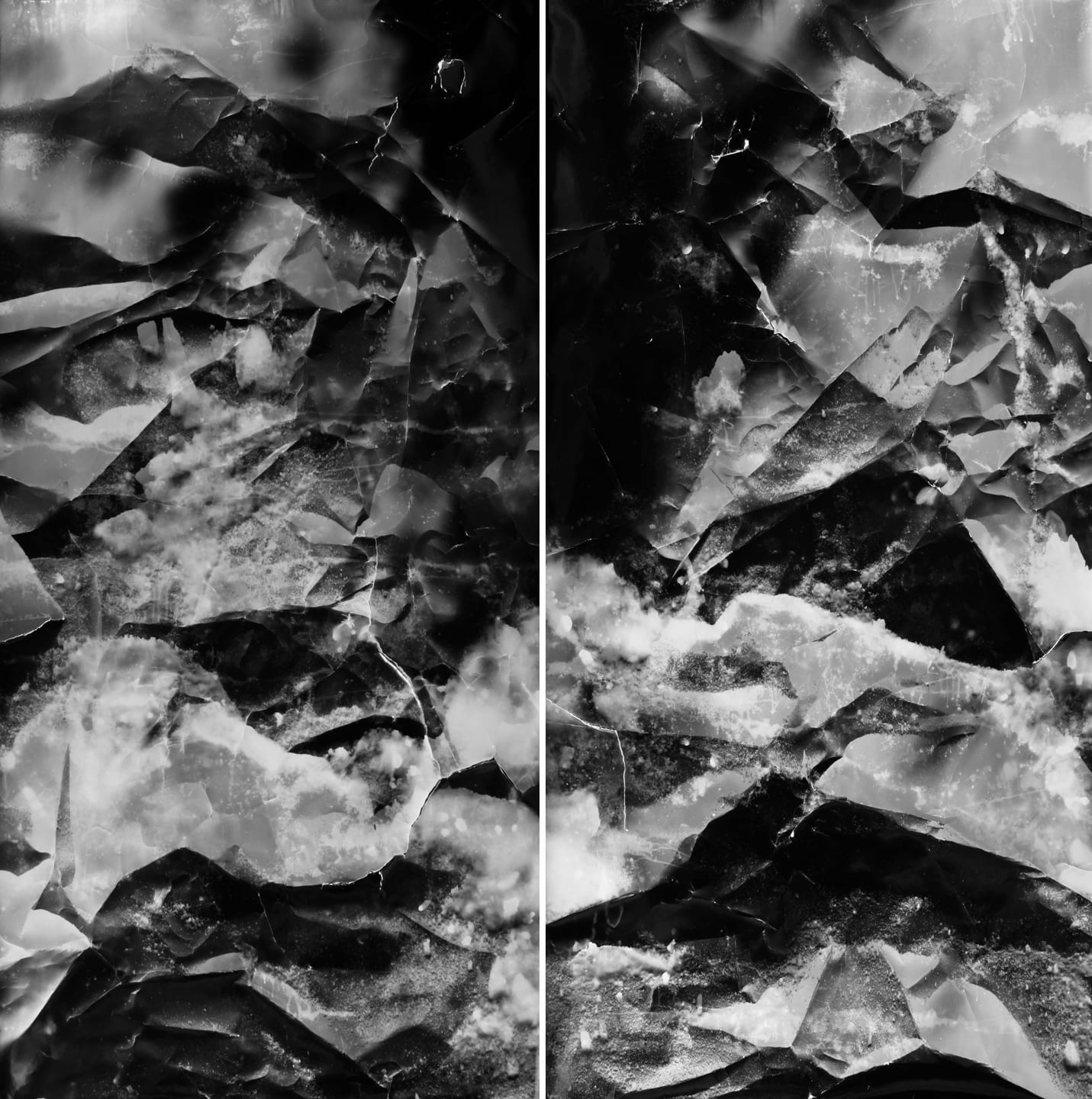
It’s essential to ask the ‘right’ questions, she adds. “Find out if the gallery will be willing to take your work to art fairs and show it to new collectors, curators and other gallerists. It’s important to know the parameters of the opportunity you’re being given.
“Having the right representation can advance an artist’s career in ways no other platform can,” she adds. “A gallery will […] help you establish a reputation of high esteem through proper branding, local visibility and international reach.”
Amid all of this, it is vital to keep making the art you want and need to make, says Flomen. “Have faith in your process even when all hell is breaking loose. Look for a gallery that has an affinity with the work you make. Meet the artists, carry a lucky charm, and meditate on what you want out of life.”
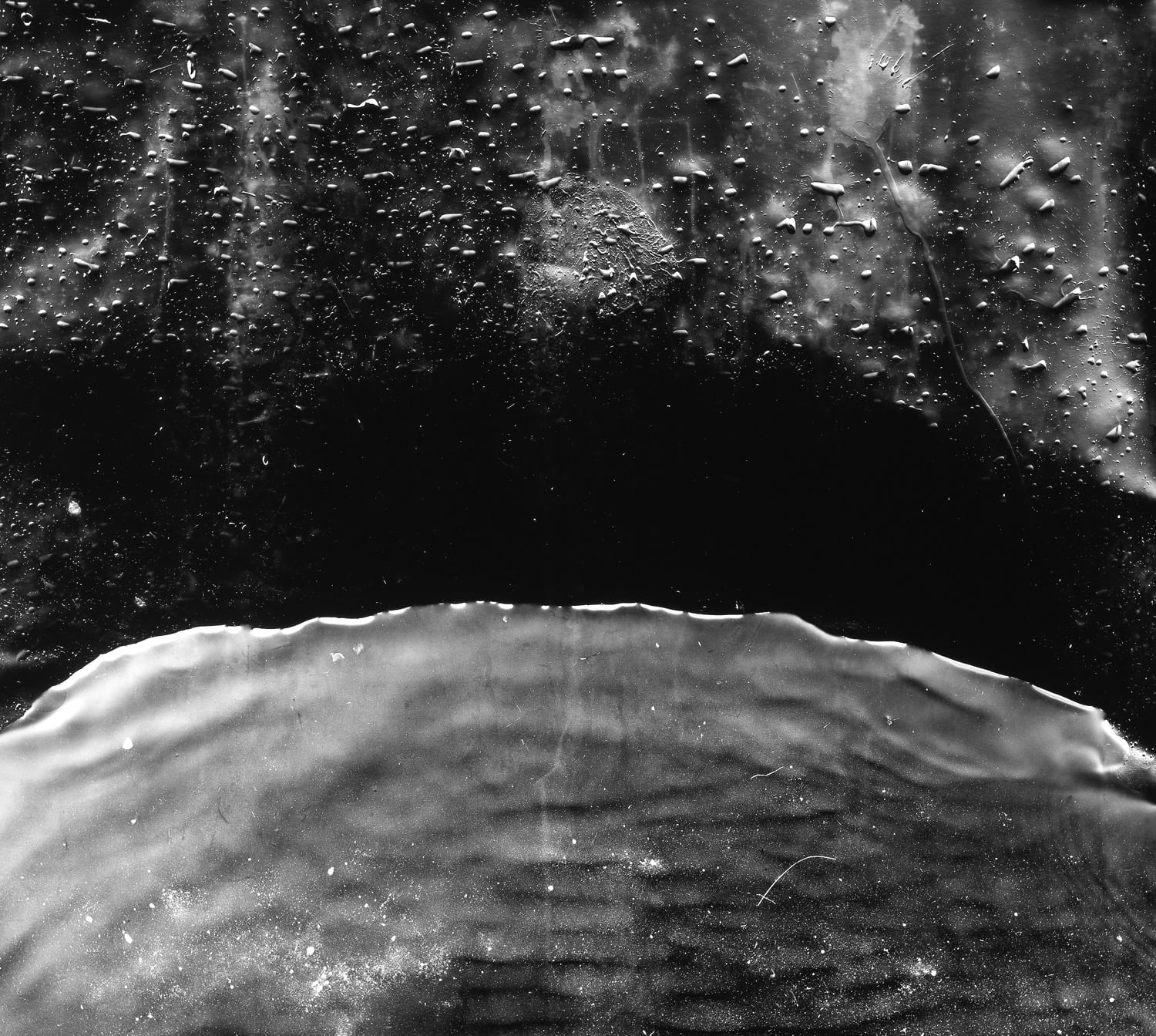
Duran Mashaal Gallery will be at Photo London from 17 to 20 May 2018.
Now in its fourth year, Photo London is an international photography fair showcasing work by artists from more than 100 of the world’s leading galleries. Taking place at London’s Somerset House from 17 to 20 May, Photo London 2018 brings together the world’s finest photographers, curators, exhibitors, and dealers to celebrate photography. To find out more about Photo London and book tickets, click here.
This feature was made possible with the support of Duran Mashaal Gallery. Please click here for more information on sponsored content funding at British Journal of Photography.
